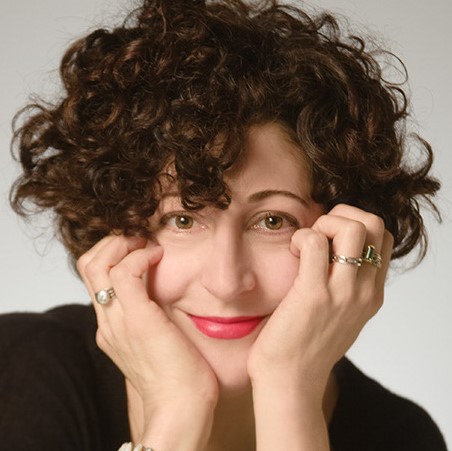- Cushion cut diamonds have soft, square or rectangular shapes with rounded corners.
- They blend vintage charm with modern brilliance.
- Available in standard (chunky) and modified (crushed-ice) faceting styles.
- Great value per carat and flattering in halo and solitaire settings.
- Watch for depth and table percentages to avoid dull stones.
One of the oldest and most enduring diamond shapes is the Cushion, a soft square with rounded corners that looks gorgeous in almost any setting. Sometimes referred to as the Old Mine cut, this cutting style has a long and storied history.
History
Before the discovery of rich diamond deposits in South Africa in the late 1860’s, much of the world’s diamond cutting took place in Brazil, adjacent to where the stones were mined from the earth. After the industry found its footing in South Africa, the Brazilian fields became known as “the old mines.” Diamonds cut there bore a distinctive small table facet on top, due to the cutting process in use at the time. The smaller table remains a defining characteristic of a cushion cut stone.
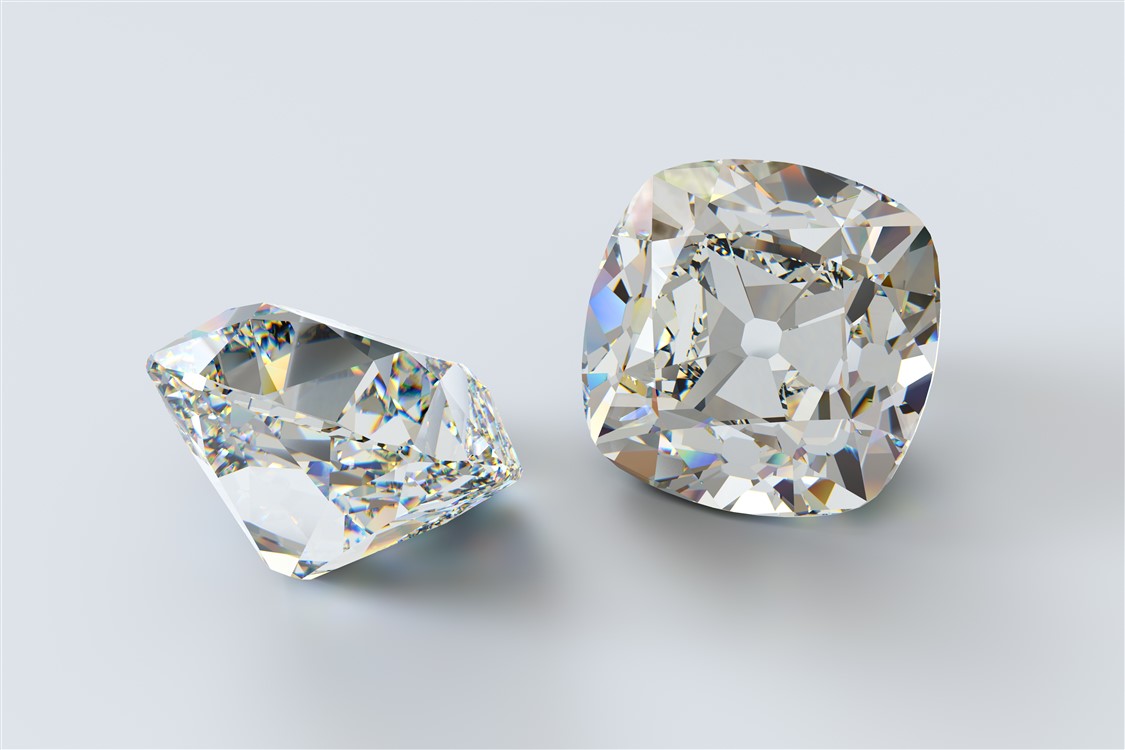
Because two popular diamond shapes, the Round Brilliant and the Princess cut, feature large tables, the cushion cut’s beauty can sometimes be overlooked. This is a tragic happenstance, as the beauty of a cushion cut has its own timeless appeal.
What to Look for When Shopping for a Cushion Cut
When looking for your perfect cushion cut diamond, you’ll find both “Antique” and “Brilliant” styles. Each design features the external contour characteristic to the cut- a soft, square “pillow” shape. The interior facets of the stone, however, create distinct differences between the two variants.
Antique cushions feature fewer facets than the more contemporary Brilliant ones, just like the original Old Mine designs for which they are named. Antique-style faceting yields an even pattern of interior planes when the stone is viewed “face-up,” or looked into from above. This look is often referred to as a “chunky” cushion.
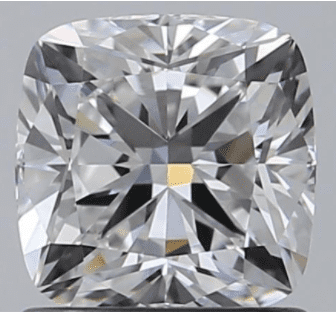
Brilliant cushion cut diamonds, also called Modified cushion cuts due to their departure from the original facet pattern, include an additional row of facets carved just beneath the stone’s girdle. This modification results in a wild mass of small light reflections visible in the center of the stone. They appear like a tiny pile of broken glass trapped within the stone. The diamond industry uses the term “crushed ice” to identify this striking appearance.
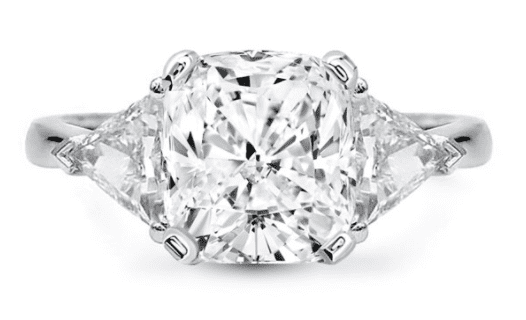
More to Love about a Cushion Cut
The cushion cut is known for its property of high “light dispersion”, a gem-specific quality meaning the ability to reflect light into visible rays of rainbow color. This characteristic is also known as “fire,” and it’s an exciting phenomenon unique to diamonds. In a well-cut cushion diamond, you’ll see plenty of fire. Tilt the stone from side to side under a strong light to be awed by a dazzling display.
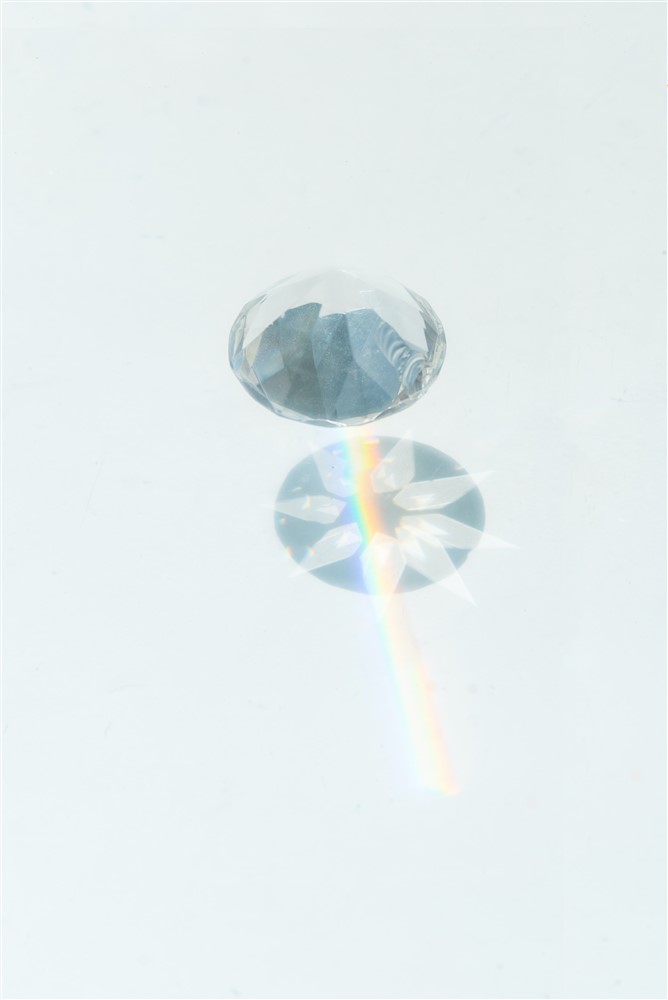
Cushion cut diamonds tend to show color more readily than other shapes, which makes selecting this shape even more unique and personal. Examine your diamond in a variety of setting options to make the most of its color. White metal settings, such as white gold or platinum, can enhance the brightness of a near-colorless stone or create a dramatic contrast to one with deeper color. Yellow or rose gold can produce entirely different visual effects, creating an overall soft romantic feeling or making the stone pop like a firework.
Lastly, notice the length-to-width ratio of your stone, as well as its symmetry along all four sides. Cushions come in near-perfect squares as well as elongated rectangles. All variations can be beautiful, but a stone that is too long and narrow can be visually awkward, as well as potentially fragile and difficult to set.
As with all diamonds, each cushion cut stone is a one-of-a-kind gift from Mother Earth. With a lifetime of diamond viewing pleasure ahead of you, don’t be shy to select the cushion diamond that sets your heart aflutter.


